
The Internet is a global wide area network that connects computer systems across the world. It includes several high-bandwidth data lines that comprise the Internet "backbone." These lines are connected to major Internet hubs that distribute data to other locations, such as web servers and ISPs.
In order to connect to the Internet, you must have access to an Internet service provider (ISP), which acts the middleman between you and the Internet. Most ISPs offer broadband Internet access via a cable, DSL, or fiber connection. When you connect to the Internet using a public Wi-Fi signal, the Wi-Fi router is still connected to an ISP that provides Internet access. Even cellular data towers must connect to an Internet service provider to provide connected devices with access to the Internet.
What Is the Internet?
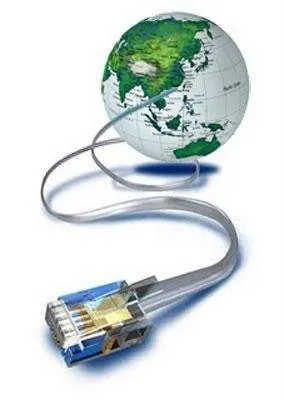
Can you remember a time when you could not tweet, post, email, blog, snap, or like someone online? Many people today have grown up being able to do all of these things. But there was a time when none of this was possible. What makes this possible today is what we call the Internet.
According to Webopedia, the Internet is a worldwide system of connected networks. Each network consists of millions of computers, servers, routers, and printers. You can think of the Internet like the telephone network or the interstate highway system. You may have even heard people refer to the Internet as the Information Super Highway. The networks that make up the Internet may be owned and maintained by different companies but messages and data move across all of them without regard to ownership because they all use the same protocol or language to communicate.
History of Internet
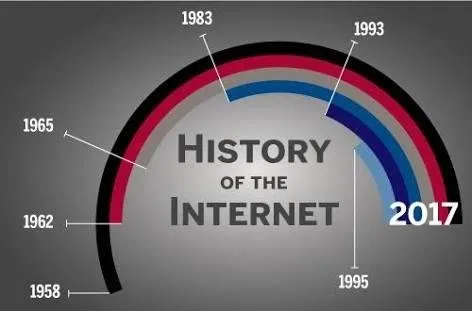
This marvelous tool has quite a history that holds its roots in the cold war scenario. A need was realized to connect the top universities of the United States so that they can share all the research data without having too much of a time lag. This attempt was a result of Advanced Research Projects Agency (ARPA) which was formed at the end of 1950s just after the Russians had climbed the space era with the launch of Sputnik. After the ARPA got success in 1969, it didn’t take the experts long to understand that how much potential can this interconnection tool have. In 1971 Ray Tomlinson made a system to send electronic maill. This was a big step in the making as this opened gateways for remote computer accessing i.e. telnet.
During all this time, rigorous paper work was being done in all the elite research institutions. From giving every computer an address to setting out the rules, everything was getting penned down. 1973 saw the preparations for the vital TCP/IP and Ethernet services. At the end of 1970s, Usenet groups had surfaced up. By the time the 80s had started, IBM came up with its PC based on Intel 8088 processor which was widely used by students and universities for it solved the purpose of easy computing. By 1982, the Defence Agencies made the TCP/IP compulsory and the term “internet” was coined. The domain name services arrived in the year 1984 which is also the time around which various internet based marked their debut. As the internet was coming out of its incubation period which was almost two and a half decades long, the world saw the first glitch that was not at all a part of planned strategy. A worm, or a rust the computers, attacked in 1988 and disabled over 10% of the computer systems all over the world. While most of the researchers regarded it as an opportunity to enhance computing as it was still in its juvenile phase, quite a number of computer companies became interested in dissecting the cores of the malware which resulted to the formation Computer Emergency Rescue Team (CERT). Soon after the world got over with the computer worm, World Wide Web came into existence. Discovered by Tim Berners-Lee, World Wide Web was seen as a service to connect documents in websites using hyperlinks.
By the time the 90s arrived, the larvae had started coming out as more than 40million computers had been sold out, an antivirus had already been launched as well as the graphical user interface was quite in its evolution. “Archie”, the first internet search marked beginning of a new era in internet computing. Categorizing the websites was in its most dynamic phase as commercialized email websites were getting on day by day. It was during this time that the term “spam” was coined which referred to fake emails or hoaxes. In 1992, internet browser called “Mosaic” came into existence. One of the very popular internet browsers, Netscape Navigator made its debut in 1994 which ultimately went to compete with Microsoft’s Internet Explorer. By this time the domain name registration had started to get exponential and was made commercial. In short the Internet Explosion had started to occur.
Coming years saw the launch of giants such as Google, Yahoo as well as strengthening of ultimate revolution creators i.e. Microsoft, Google, IBM etc.
Who Created the Internet?
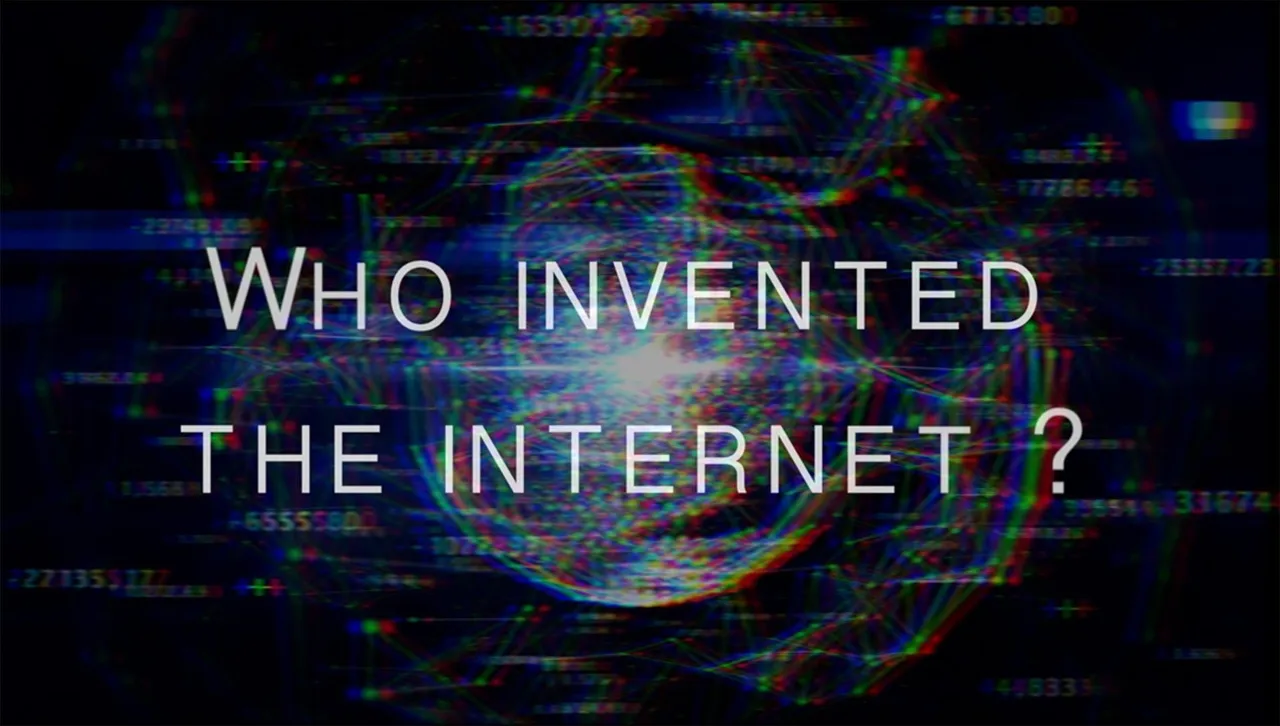
According to Hobbes' Internet Timeline, in 1957, the Soviet Union launched the first satellite into orbit. While this might not sound serious, this happened during a time in American history called the Cold War. It was at this time the threat of nuclear war was at its greatest. The thought was, if the Soviets could launch a satellite into space, then they might be able to launch a nuclear bomb and hit the United States, destroying all of our communication lines.
The Internet began in 1969 as a research project funded by the Department of Defense with a goal of creating a means of communication beside telephone lines. The first network was called ARPANET (Advanced Research Project Agency NETwork). The focus was on communicating in the event part of the network was disabled. This early network was the precursor to the Internet. It was limited in function but launched the idea of a different method of communication.
What is the benefit of Internet
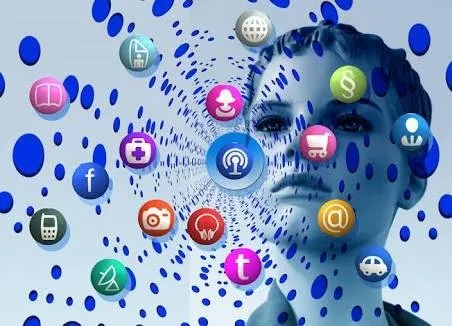
Web– a collection of billions of webpages that you can view with a web browser
Email – the most common method of sending and receiving messages online
Social media – websites and apps that allow people to share comments, photos, and videos
Online gaming – games that allow people to play with and against each other over the Internet
Software updates – operating system and application updates can typically downloaded from the Internet.
In the early days of the Internet, most people connected to the Internet using a home computer and a dial-up modem. DSL and cable modems eventually provided users with "always-on" connections. Now mobile devices, such as tablets and smartphones, make it possible for people to be connected to the Internet at all times. The Internet of Things has turned common appliances and home systems into "smart" devices that can be monitored and controlled over the Internet. As the Internet continues to grow and evolve, you can expect it to become an even more integral part of daily life.
What will the future internet look like?
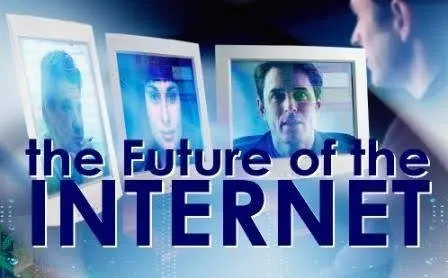
It is expected that by 2020 there will be over 50 billion devices connected to the Internet with powerful sensing and computing capabilities attached to them. This will enable the visions of the Internet of Things (IoT) and smart environments in which people, things, devices and actuators will constantly interact with each other, blurring the differences between the cyber and the physical worlds. However, there is no clear picture yet about what the future Internet will look like. Current stakeholders (including ISPs, CDNs and cloud providers) as well as new players will have to adapt to new applications and networking paradigms. This will require them to anticipate and face a wide range of unknown challenges, stemming from the need to efficiently interconnect heterogeneous devices while guaranteeing service, security and users' privacy.
The 9th Annual IMDEA Networks Workshop that has taken place on June 7th and 8th 2017 at University Carlos III of Madrid, has brought together industry players, practitioners and academic researchers to share experiences, discuss technological trends, present recent advances and confront the societal, economic, technological and security challenges to be addressed in order to make the future Internet a reality.
The event program included talks from industrial and academic experts, who discussed privacy and security aspects of current technologies, such as the Internet of Things and mobile computing, as well as the importance of promoting transparency and developing new regulatory frameworks to protect users against malicious agents and online abuse.
The workshop also covered how different stakeholders have to adapt to the evolving nature of the Internet, and to the requirements of new business cases and emerging technologies.
Thank You @sujoy1995